Junkyard Find: 1981 Toyota Corona Wagon

Because my very first car was a 50-buck ’69 Corona sedan in dazzling beige, I always photograph Coronas when I see them in wrecking yards. Sadly, Toyota stopped selling the Corona in North America in 1982, which means that I might see one every couple of years these days. Here’s a luxurious, fully loaded 1981 Toyota Corona wagon in a Denver self-service yard.
The front-wheel-drive Camry replaced the rear-wheel-drive Corona in North America, while Corona production continued all the way through 2002 in Japan (where it was something of a status symbol).
This car doesn’t have a stratospheric odometer reading for a Toyota of its era, but it also doesn’t appear to have spent decades abandoned in a driveway. If it spent its 38 years in uninterrupted service, it drove an average of just under 4,500 miles per year during its life.
Power came from the same engine that powered Hiluxes and Land Cruisers in war zones around the world: the legendary 22R straight-four. The 22R was neither smooth nor powerful, but you couldn’t kill it. I shot this photograph with a 1913 Kodak Hawk-Eye camera, by the way.
Most U.S.-market Coronas came with manual transmissions (because Corona buyers cared about fuel economy), but this one boasts an overdrive-equipped automatic.
Air conditioning! The radio is an aftermarket unit, but I’ll bet the original one was the pricey AM/FM stereo.
The sun is hard on car upholstery in Colorado, so the owner of this Corona repaired the driver’s seat with duct tape.
From a distance, the paint appears to be gray primer. Up close, you can see that it’s just very weathered factory gray paint. Toyota left the frivolous paint colors to Mitsubishi and Subaru back then.
A 22R-powered rear-wheel-drive Toyota would be a good vehicle to have during a zombie apocalypse.
Toyota had just about given up on marketing the Corona in North America by the early 1980s, but Australians still loved their Coronas.
Here’s a U.S.-market ad for the previous-generation Corona wagon, powered by the 20R engine. Such jocularity!
If you like these junkyard posts, you can reach all 1600+ right here at the Junkyard Home of the Murilee Martin Lifestyle Brand!

Murilee Martin is the pen name of Phil Greden, a writer who has lived in Minnesota, California, Georgia and (now) Colorado. He has toiled at copywriting, technical writing, junkmail writing, fiction writing and now automotive writing. He has owned many terrible vehicles and some good ones. He spends a great deal of time in self-service junkyards. These days, he writes for publications including Autoweek, Autoblog, Hagerty, The Truth About Cars and Capital One.
More by Murilee Martin
Latest Car Reviews
Read moreLatest Product Reviews
Read moreRecent Comments
- Jeff Self driving cars are not ready for prime time.
- Lichtronamo Watch as the non-us based automakers shift more production to Mexico in the future.
- 28-Cars-Later " Electrek recently dug around in Tesla’s online parts catalog and found that the windshield costs a whopping $1,900 to replace.To be fair, that’s around what a Mercedes S-Class or Rivian windshield costs, but the Tesla’s glass is unique because of its shape. It’s also worth noting that most insurance plans have glass replacement options that can make the repair a low- or zero-cost issue. "Now I understand why my insurance is so high despite no claims for years and about 7,500 annual miles between three cars.
- AMcA My theory is that that when the Big 3 gave away the store to the UAW in the last contract, there was a side deal in which the UAW promised to go after the non-organized transplant plants. Even the UAW understands that if the wage differential gets too high it's gonna kill the golden goose.
- MKizzy Why else does range matter? Because in the EV advocate's dream scenario of a post-ICE future, the average multi-car household will find itself with more EVs in their garages and driveways than places to plug them in or the capacity to charge then all at once without significant electrical upgrades. Unless each vehicle has enough range to allow for multiple days without plugging in, fighting over charging access in multi-EV households will be right up there with finances for causes of domestic strife.



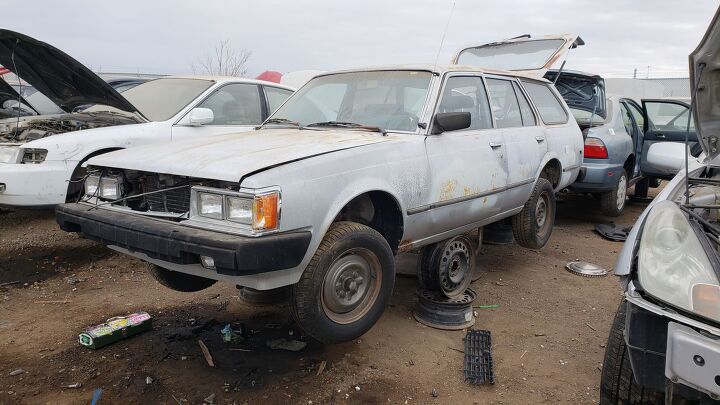

































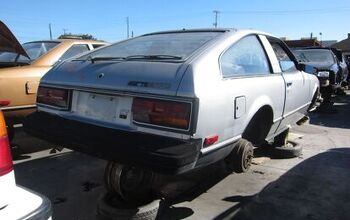
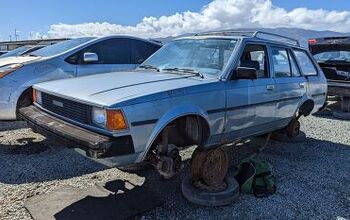
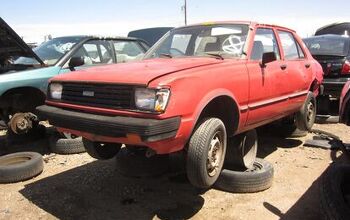

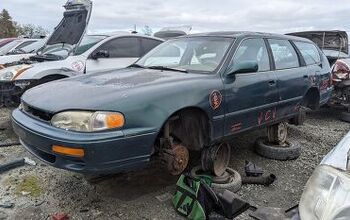










Comments
Join the conversation
Zombie Apocalypse is real - take a cruise through a cubicle farm.
We have a beautiful 1981 Corona Hatchback that belonged to my father. My mother has been trying to sell it for over two yrs but sadly here in CT, USA not many people know about Coronas.